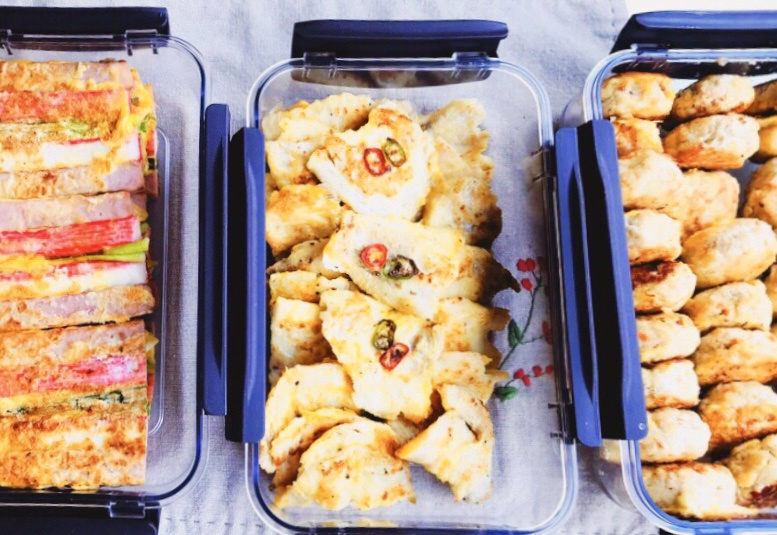Tender and Juicy Donggeurangttaeng (Korean Meatball Pancake)
How to Make Super Moist and Soft Donggeurangttaeng

Among the three essential holiday dishes—Donggeurangttaeng, Dongtaejeon (pollack pancake), and Samsek Kkochi (three-color skewers)—Donggeurangttaeng has always been a bit tricky. It often results in a dry pancake, and the pan can get messy with juices, requiring cleaning between batches. However, I’ve discovered a fantastic tip to make them incredibly moist and tender! By mixing mashed tofu and fresh okara (soy pulp) into the dough, and adding plenty of finely chopped onions and carrots, the resulting Donggeurangttaeng is significantly softer and more flavorful. The delicious combination of tofu and okara makes them taste even better than usual; indeed, the ingredients play a huge role in cooking. ^^ The best part about making pancakes at home is being able to enjoy them hot off the pan! Nothing compares to the taste of freshly made, warm pancakes. This is the privilege of the person cooking them. ^^
Main Ingredients- 600g ground pork
- 1 block (approx. 300g) firm tofu
- 1.5 cups fresh okara (soy pulp)
- 1 medium onion
- 1 medium carrot
- 1 tsp mirin (cooking wine)
- 1 Tbsp soy sauce for soup (guk-ganjang)
- 1.5 Tbsp fish sauce
- 1 cup pancake mix
- 1 egg (for the dough)
- 3 eggs (for coating)
Pork Marinade- 2 pinches salt
- 1/2 tsp black pepper
- 1 tsp mirin (cooking wine)
- 2 pinches salt
- 1/2 tsp black pepper
- 1 tsp mirin (cooking wine)
Cooking Instructions
Step 1
First, place the ground pork in a large mixing bowl.

Step 2
Gently pat the ground pork with paper towels to remove any excess blood. This step is crucial for a clean, non-gamey flavor.

Step 3
Add the marinade ingredients (2 pinches salt, 1/2 tsp black pepper, 1 tsp mirin) to the drained ground pork. Mix well and let it marinate for about 10 minutes. Marinating makes the meat more tender and flavorful.

Step 4
In a separate bowl, combine the fresh okara and 1 egg. Gently squeeze the tofu with your hands to remove some excess water, then crumble it into the bowl with the okara and egg. Since okara contains some moisture, you don’t need to squeeze all the water from the tofu. If you’re not using okara, you can wrap the tofu in cheesecloth and squeeze it tightly, or place it in cheesecloth over a sieve and weigh it down with a heavy object beforehand to easily remove excess water without much effort.

Step 5
Add the finely chopped onion and carrot, crack in another egg, and season with 1.5 Tbsp fish sauce and 1 Tbsp soy sauce for soup. Knead the mixture thoroughly until it becomes sticky and well-combined. Proper kneading develops the stickiness needed for the patties to hold their shape.

Step 6
Here’s a handy tip for shaping your Donggeurangttaeng! Scoop about a tablespoon of the mixture onto your palm. Use the back of a spoon to gently press down on the mixture, then round the edges to form neat, uniform patties. This method makes shaping quick and easy.

Step 7
Once shaped, lightly coat each patty with pancake mix, ensuring an even layer. Then, dip each coated patty into the beaten eggs to create a rich egg coating.

Step 8
Start by pan-frying the coated patties over medium-high heat until golden brown on both sides. Once browned, reduce the heat to medium and continue cooking, flipping occasionally, until the patties are cooked through and golden brown all over. Adjusting the heat properly ensures a crispy exterior and a moist interior.




